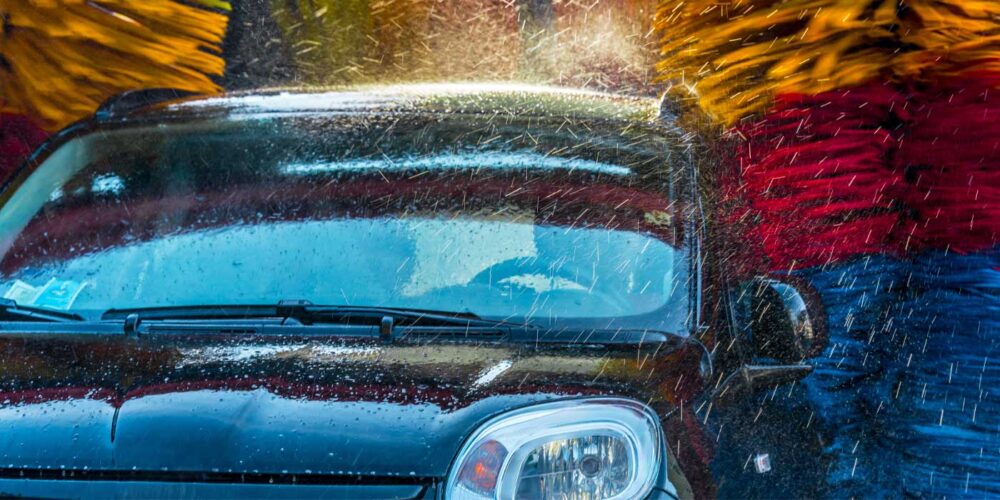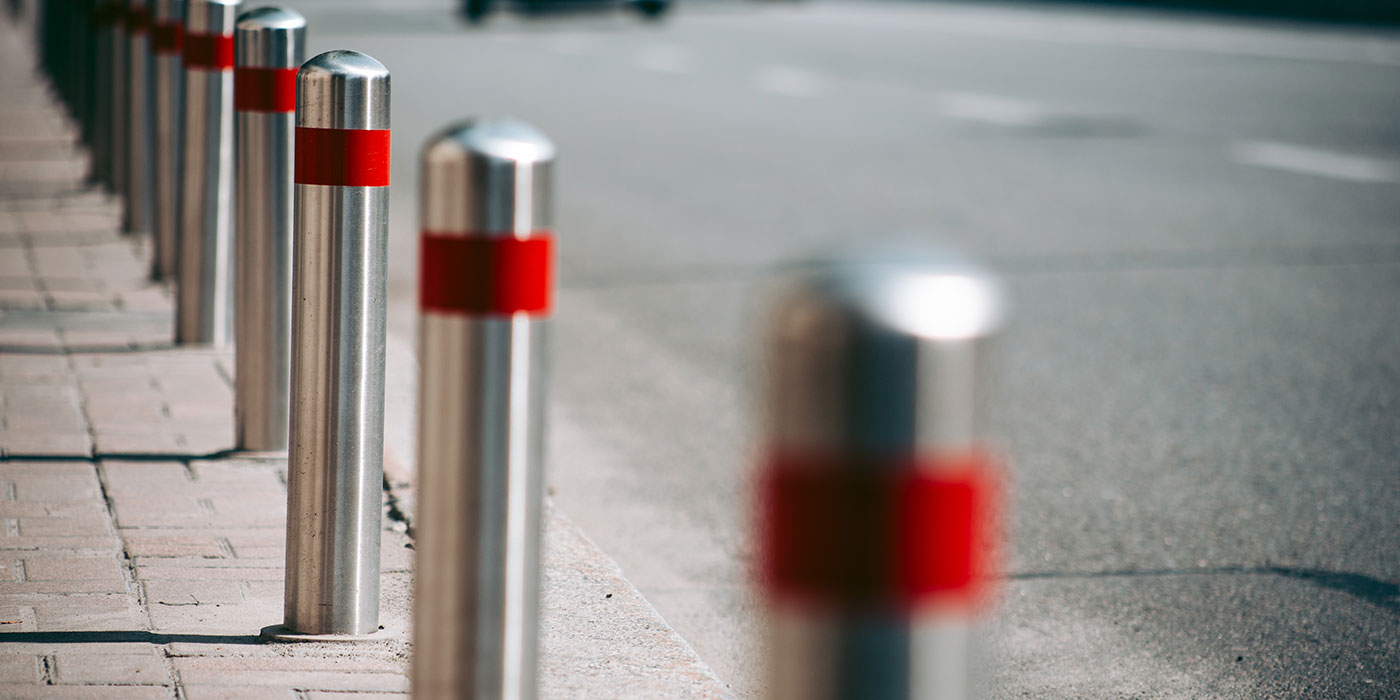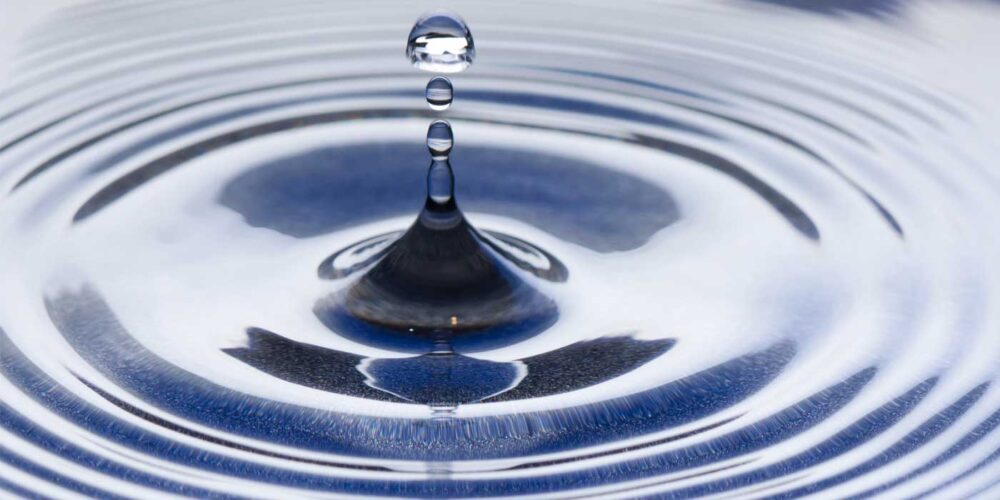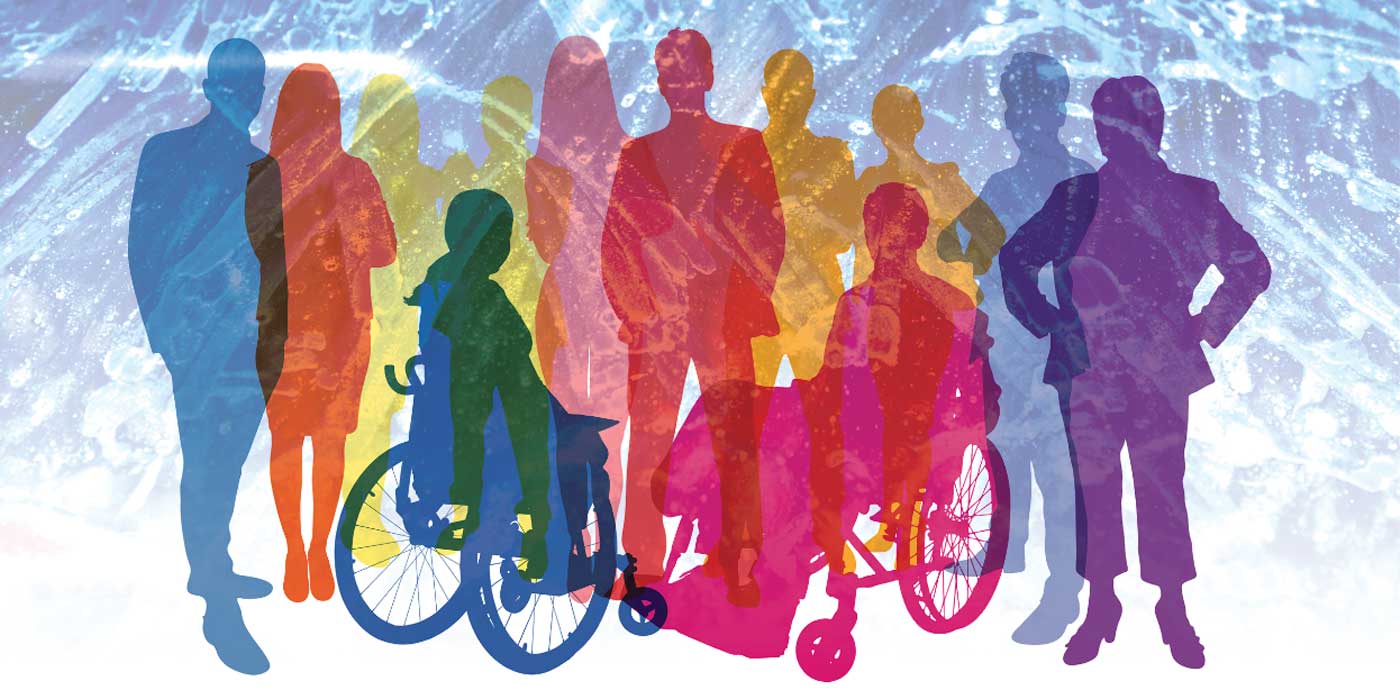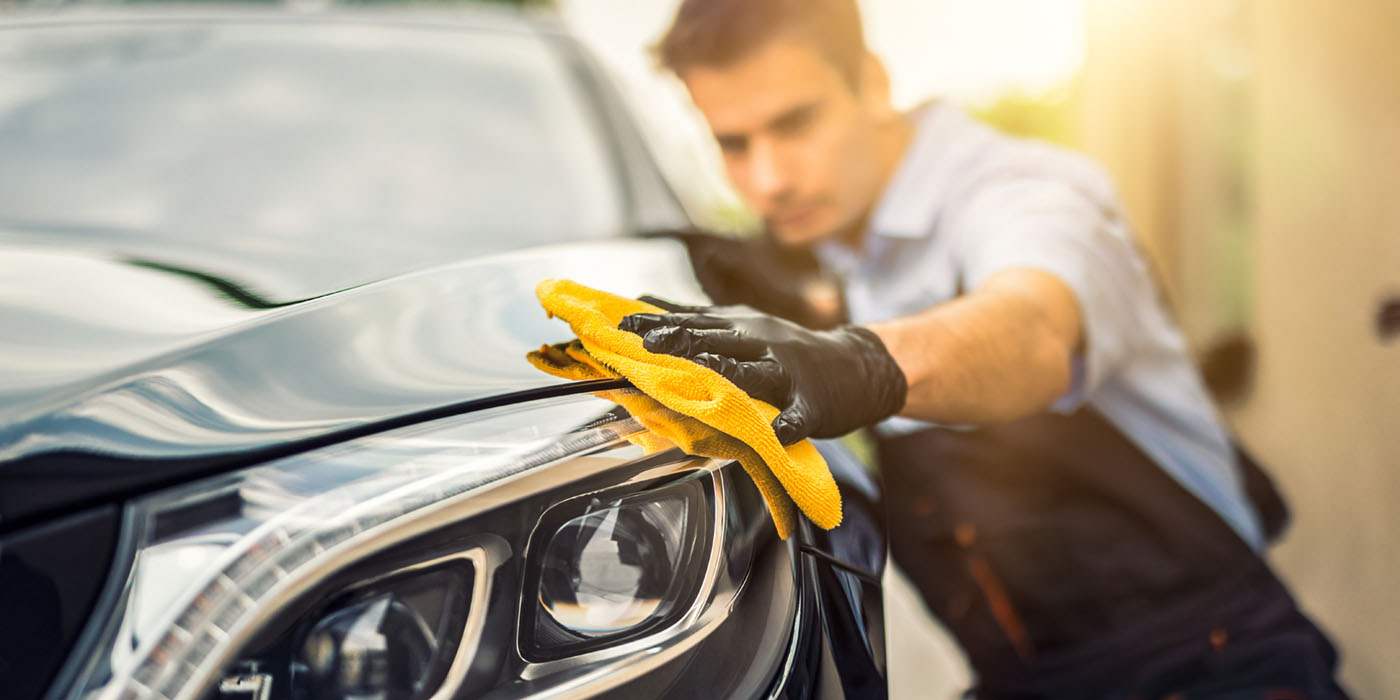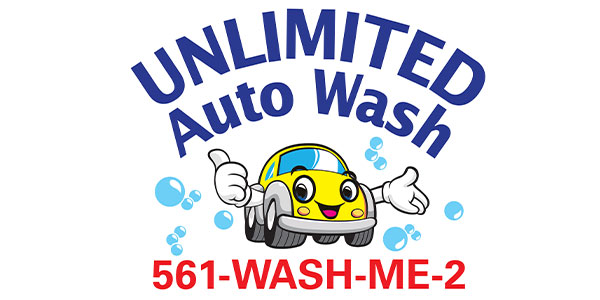There is a lot of variety in the carwash industry. Not only are there different types of washes, but the design, equipment, chemistry, staffing and service can greatly vary from one site to the next. However, there’s one non-negotiable constant in every wash: Water.
Since water — and lots of it — is so essential to this industry, it only makes sense to strive for ways to maximize every single drop. That’s where the reclaim process comes in. Collecting, rehabilitating and reusing as much water as possible is essential to protect the environment, the availability of resources and a carwash’s bottom line. That’s why industry leaders are currently driving innovation to find ways to reclaim even more water than ever.
Reclaim refresher
The amount of water used per car can vary from site to site depending on the length of your tunnel, number of applications and other variables, but a common range is 65 to 80 gallons of total water used per car.
A standard reclaim system can dramatically lower that number. Using reclaim on all the applications mentioned earlier can reduce water use to around 25 gallons per car and save a carwash about 75 cents per car. Those savings pay for the system in a year or less. They also have a major impact on your water use and your bottom line.
None of this is new information. This probably offered a nice refresher about just how valuable reclaim systems are, but you already likely knew all or most of these details. However, new advances in reclaim technology are here to take another big step.
Reclaim systems have improved vastly over the years to improve the water quality, cleanliness, color and odor. Water contaminants are measured in microns and, like golf, lower numbers are better. For reference, drinking water is 0.5 to 1 micron, and a standard reclaim system can get down to 5 microns.
Windows down
“Windows down” describes how reclaim water has typically been used in carwashes for decades. That means the reclaimed water is used to rinse the sides of the car below the windows. It isn’t used for glass, mirrors or the top of the car. High-pressure pump applications, like side blasters and tire washers, are the most common and high-volume reclaim users. Reclaim water is also great for wet-downs and undercarriage applications.
However, new innovations now allow us to expand reclaim usage to more parts of the wash process. Five-micron reclaim water is great for “windows down,” but these new advances are literally taking reclaim use higher — both on the car itself and in the amount of reclaim water used.
Elevating quality
New systems have been developed that come after the reclaim process to further improve the quality of the reused water. Thanks to extra filtration and flushing, additional contaminants smaller than 5 microns can be removed, including waxes, silicones and residual chemistry, to elevate water quality.
This process involves flushing the reclaim water through disc filters for additional cleaning. These stacks of discs capture those additional contaminants, removing them from the water to elevate the quality. The contaminants are back-flushed to tanking for extended storage and additional settling, while the water is re-pressurized for use.
This “higher quality” reclaim water can be used in more applications. Throw that “windows down” philosophy right out that same window. Now, with this additional step in the process, you can use reclaim water in more applications, including top high-pressure rinses and mirror rinses. That takes your wash’s freshwater usage down even lower to around 15 gallons per car. The environmental impact continues to go down, as your savings go up.
Battling restrictions
One major area where this new approach will pay off is areas with water restrictions. In these areas, this new process can produce reclaim water that lowers your freshwater usage enough to meet even the strictest local mandates.
This opens the door to building sites in areas where it previously seemed too restrictive. Now, a new build with this process and proper tanking and circulation can get reclaim use all the way up to 90%.
Something for everyone
At a new-to-the-industry site, the traditional reclaim system can be outfitted to flow some of its output to its traditional uses, and some to the new disc filter process for additional cleaning. The tanking can be built to accommodate this and keep both types of reclaim water in continuous circulation to constantly clean and improve the water quality. This circulation also prevents the water from becoming stagnant and developing additional odor.
And, there’s a solution for existing washes as well. The disc filter system can be added after a standard reclaim system as an “advanced filter.” The water flows through the reclaim system, then the disc filter system and then to the tunnel for use. This works great to increase reclaim usage at retrofits or washes without an extra storage tank.
Remaining sustainable
An investment in the reclaim process delivers endless benefits to carwashes, their owners and even their customers. Reusing and conserving water is great for the environment and helps reduce waste, while lowering expensive water and sewer bills.
Continued reclaim innovation and evolution ensure the carwash business remains sustainable in our ever-changing world.
A continually improving reclaim solution is one major area where carwashes can actually combat ever-rising costs and environmental restrictions. These newest advancements ensure that growth can continue — even in restricted regions — and current sites can continue to evolve, improve and, of course, profit.
Jay Dayak is the principal engineer for Sonny’s CarWash Water and developed the Velocity Reclaim System and the new Velocity Reclaim Turbo System. To learn more, call Sonny’s at 1-800-327-8723, Option 2.

